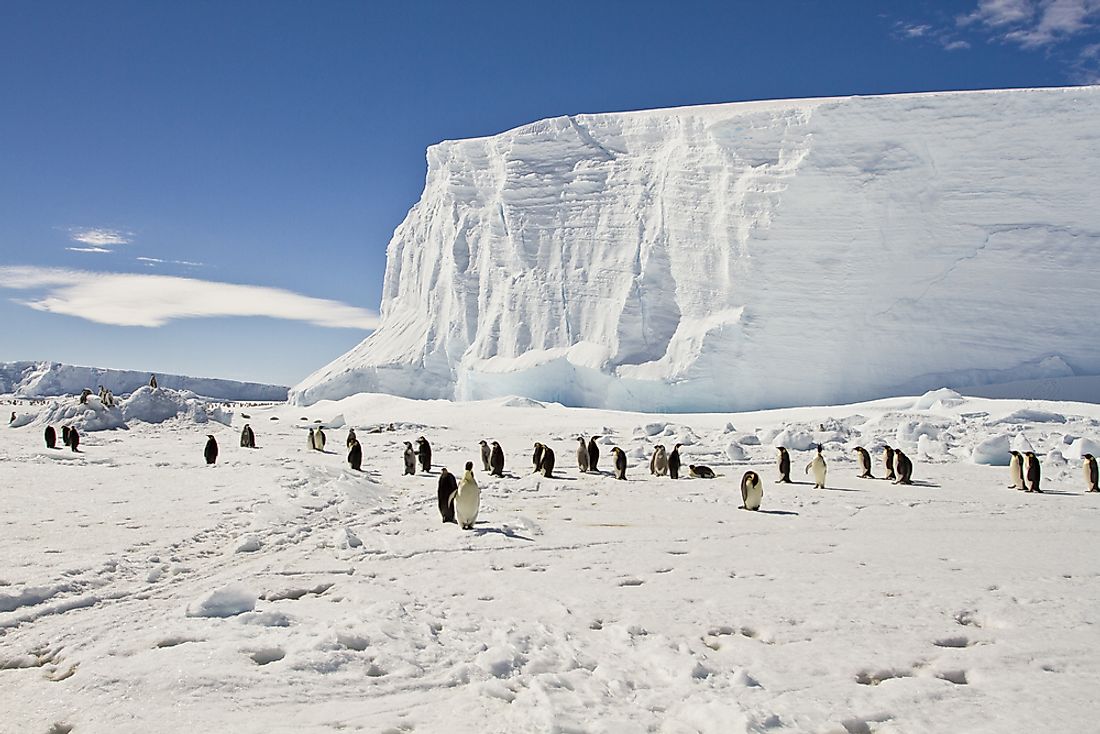
What Are The Origins Of The Names Arctic And Antarctica?
The names Arctic and Antarctica are two of the most fascinating in geography, as they refer to two areas of our planet that have not been heavily explored. While the names Arctic and Antarctica are similar, they have very different meanings. The name Arctic comes from the Greek word arktos, meaning "bear.” In contrast, the word anta is synonymous with anti, which means "opposite", translating Antarctica as "opposite bear".
Though these areas have become more familiar to us over time through scientific research, many people still wonder about the origins of their names.
Possible Origins Of the Names Arctic and Antarctica
Astronomy
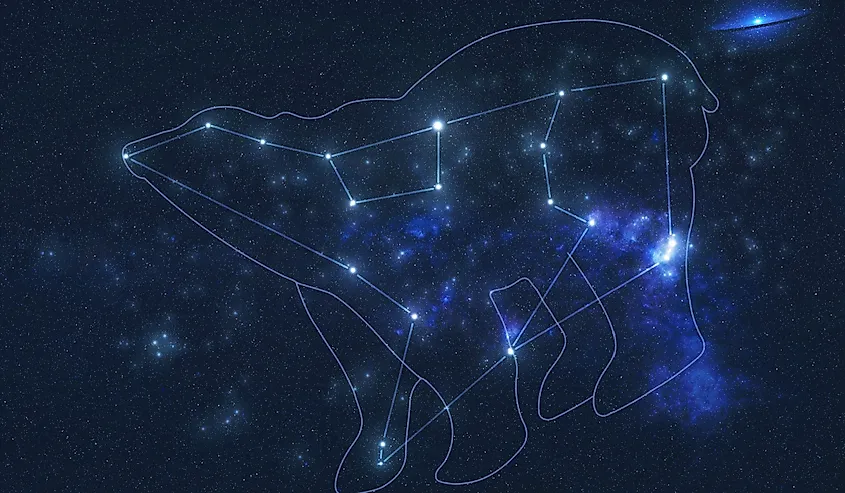
So how did these names come about in the first place? While there is no definitive answer, one common theory suggests that the Greek word arktos could be a reference to the constellation Ursa Major, or Great Bear, which features prominently in many cultures' myths about the heavens. Another possible explanation for the origin of this name is that it comes from Arktouros, another name for the north star Polaris.
Antarctica - Land Of No Bears
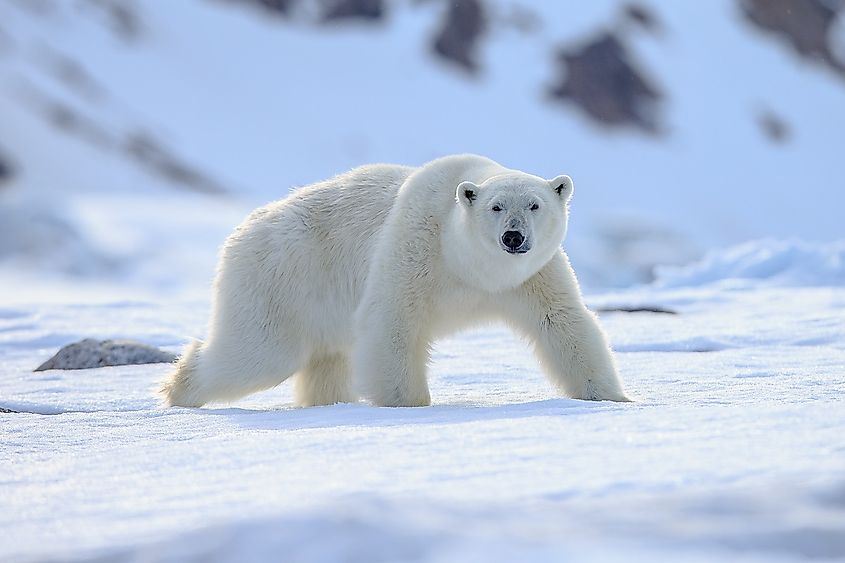
As for Antarctica, some experts believe that its name comes from the Greek word antarktikos, which means "opposite to the Arctic." There are no bears in Antarctica, suggesting this could be how it received its name.
Discovery Of The Arctic and Antarctic
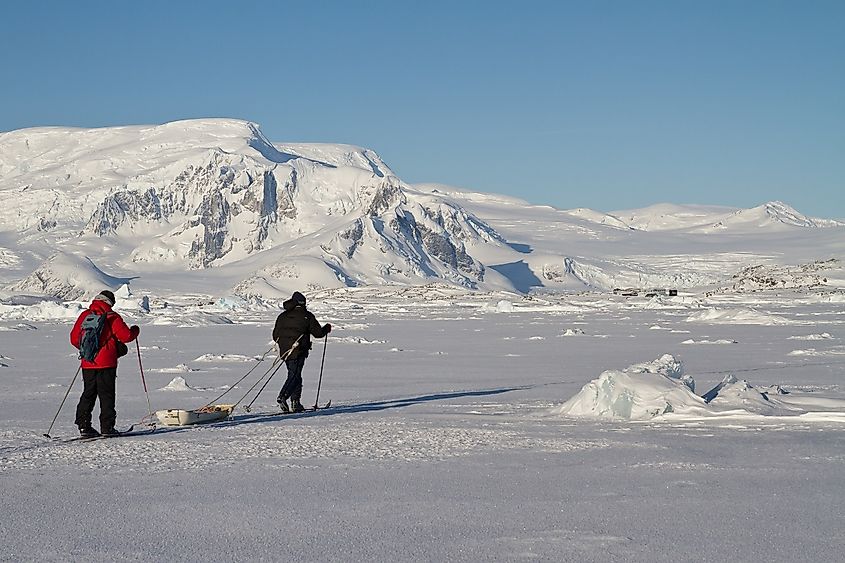
Ancient Greek seafarers were the first people to explore the Arctic region in 325 BC. But in 1909, two explorers - Frederick A. Cook and Robert E. Peary - claimed they reached the North Pole before anyone else had.
Cook said he and his two Inuit companions had to take shelter in an ice cave over the winter, causing the delay in publicizing his achievement after reaching the North Pole in April 1908. The late announcement caused an uproar when Peary declared his discovery only a week later. People were skeptical about both stories, and it still remains a mystery today whether either of these explorers made it to the Arctic.
Antarctica was first named between 1840 and 1890 after its discovery in the 1820s by westerners. John Davis debarked at Cape Charles in West Antarctica in 1821; however, some historians maintain that the first documented visit occurred at Cape Adare in 1895. New studies now suggest that Polynesians may have discovered Antarctica before anyone else, over 1,300 years ago. Today, research stations are active across Antarctica.
Topography and Biology of The Arctic and Antarctic
Oceans
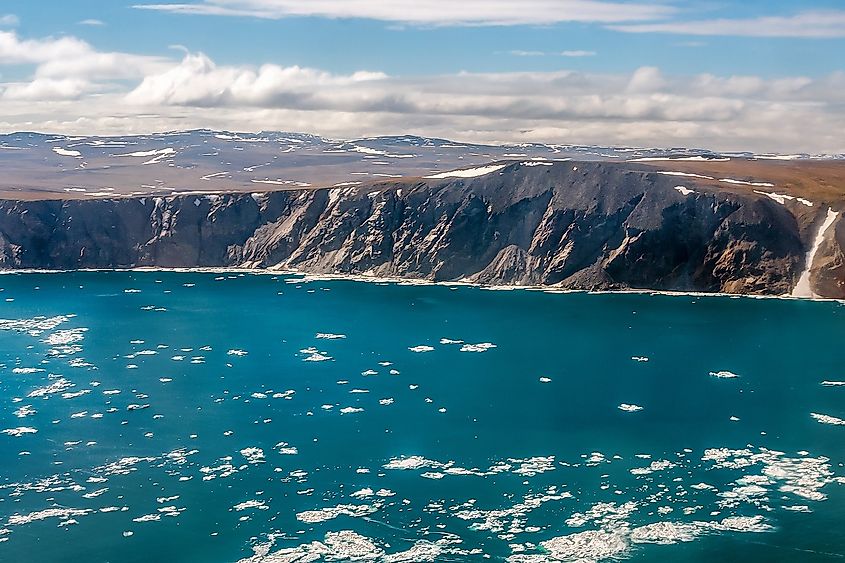
The Arctic Ocean is one of the world’s smallest bodies of water, occupying more than five million square miles of the Arctic region. The ocean extends across much of the northernmost part of our planet, fed by a variety of other waters. This includes large rivers such as Russia’s Lena and Canada’s Mackenzie, as well as many smaller streams.
At an average depth of 3,240 feet and with a maximum depth of 18,050 feet, the Arctic Ocean is also one of the shallowest oceans in the world. Despite its vastness and depth, however, much of the Arctic Ocean remains covered by sea ice – thick sheets of frozen seawater that can exceed six feet in thickness.
Yet even in these frigid waters lie ample opportunities for exploration, research, and recreation – making this ocean an important part of our planet’s ecosystem and a fascinating subject for study.
The Southern Ocean encircles Antarctica, and it extends from the edge of Antarctica to the polar front. It is the boundary between warmer waters in the Pacific, Indian, and South Atlantic Oceans.
The Antarctic polar front is an important feature in the ocean surrounding Antarctica. The water here is significantly colder than the waters of the surrounding oceans, with temperatures ranging from 28 degrees Fahrenheit near Antarctica to about 38 degrees Fahrenheit near the polar front.
The Southern Ocean is one of the most remote and least explored areas on Earth. Spanning an area of approximately 8,479,000 square miles, it covers nearly six percent of the world's total ocean surface.
Temperatures
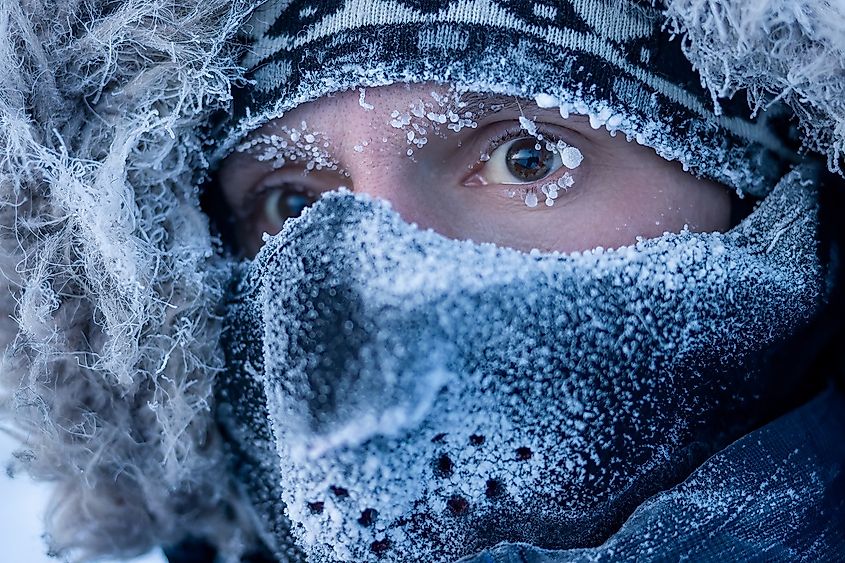
The Arctic is a region well known for its frigid weather and endless frozen tundra. With an average winter temperature of minus 40 degrees Fahrenheit, it is certainly colder than many other parts of the world.
Despite its icy temperatures, however, it is actually warmer than the Antarctic, which can reach minus 144 degrees Fahrenheit in the winter.
Wildlife

The Arctic is home to an abundance of diverse mammal species. These include polar bears, which are the largest terrestrial carnivores in the world. They hunt on seasonal sea ice during winter months. Polar bears also rely on vegetation during summer months when they fast or supplement their diets with plants and other food sources, such as carrion.
Many other land species live in the northern reaches of the globe, including arctic foxes, snowy owls, arctic hares, and various ground squirrel species. Additionally, the Arctic offers important habitats for smaller marine animals such as seals. Overall, these diverse mammal populations help contribute to the health and stability of this highly productive region of our planet.
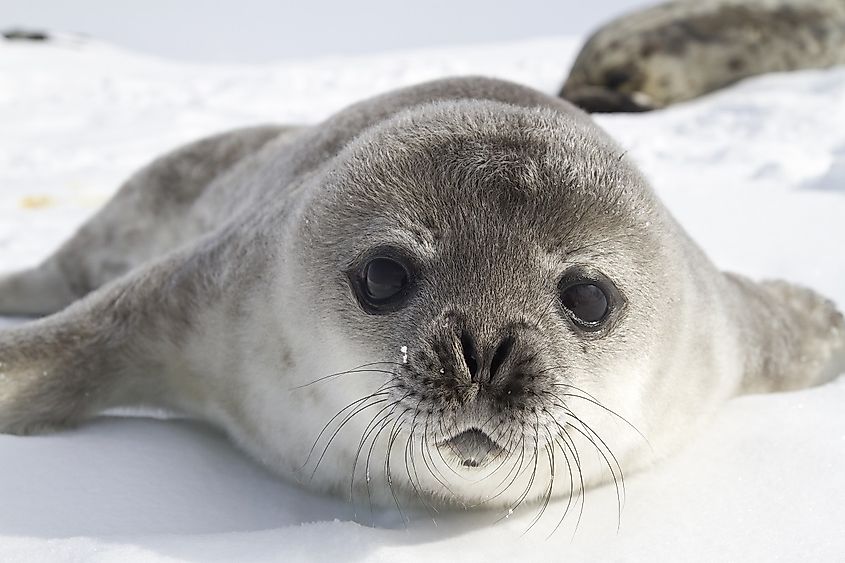
In contrast, the Antarctic is an inhospitable environment that has a limited range of plant species. Practically a dessert, only a handful of terrestrial flowering plants grow in Antarctica, including Antarctic hair grass, Antarctic pearlwort, and non-native bluegrass. The majority of plant species found in these polar regions are liverworts, mosses, lichens, and fungi.
While polar bears are not found in Antarctica, there is plenty of wildlife, including penguins and seals. There are two native seal species that live in this region year-round. The southern elephant seal is one of the largest pinnipeds. These seals can grow to 20 feet long and weigh up to 8,800 pounds. The Weddell seal is another species that lives in Antarctica year-round, and it can weigh as much as 1,400 pounds. They feed on a variety of fish and sea animals like squid, krill, and other smaller sea creatures.
In Summary
It is interesting to note the origins of these two polar regions’ names, and how they differ from one another. Whether originating from astronomy, mythology, geographical characteristics, or a combination, these names have a lot of history. Both the Arctic and Antarctica are home to unique ecosystems that support an abundance of wildlife, making them some of the most interesting places on Earth.











